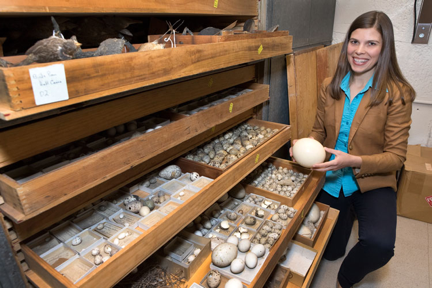
Cnhi Network
A surprising new theory on egg shape takes flight
No, chocolate milk still does not come from brown cows. However, birds that are really good at flying ... Read more

No, chocolate milk still does not come from brown cows. However, birds that are really good at flying ... Read more